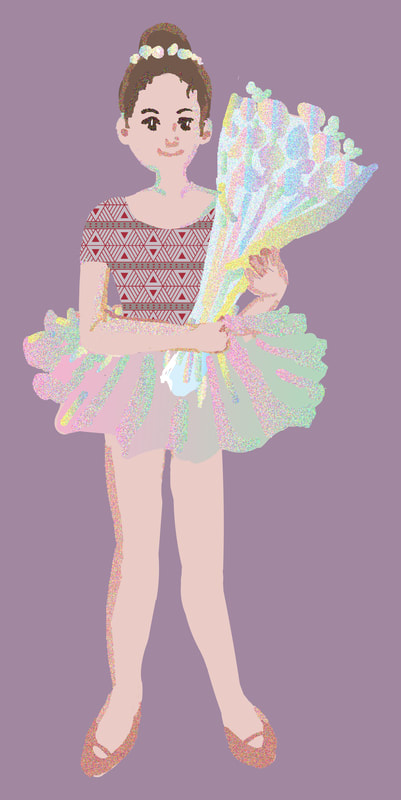Dance Partners: A Model of Inclusive Arts Education for Children and Teens with Different Abilities JENNY SEHAM--The Federal Individuals with Disabilities Education Act (IDEA) 2004 protects the right of children with disabilities to an education that prepares them “for further education, employment, and independent living.” (Federal Persons with Disabilities Act, 2004 p. 5).
--It also states that "special education and related services must be designed to meet the unique learning needs of eligible children with disabilities from school pre-school through age 21." (page 5). While accommodating diverse abilities should not diminish a student's educational experience, schools and teachers often do not have the support, staff, experience, or training needed to adequately teach each student to their maximum academic ability (Presidents' Council of Arts and Humanities) . , 2011). Partnerships and Partner Learning are the cornerstones of the dance education framework presented here, designed to teach excellence, support arts educators or educational artists, and engage actively at the highest level of all students, regardless of ability. --Although the professionalism of teaching dance to special groups is increasing, there are still few organizations specializing in arts education for children with disabilities. --Exemplary Arts Partner: National Dance Institute (NDI) Founded 36 years ago, NDI currently serves nearly 6,000 children in grades K-12 at 36 partner schools in the NYC metropolitan area. The on-campus program model covers all children in the grade level, including English learners and children with special 83 DANCE PARTNERS: MODEL OF INCLUSIVE ARTS EDUCATION needs. The staff consists of master teaching artists/choreographers, musicians/composers and teaching assistants. In public schools where most NDI programming takes place, 20% of participating students have a developmental or cognitive impairment. --Since its first class in 1976, DI has been developing and improving the methodology for teaching dance to children of various learning abilities. A firm expectation for each student is to engage in the highest possible level of effort and execution. Teachers model confidence, determination, and passionate dedication to dance skills to the extent that they can model specific steps or body postures. --Parkinson's Dance Training Institute is based in Brooklyn, New York and affiliated with the Mark Morris Dance Company with workshops nationwide. Although working with adults, education provides teachers with ideas on how to work as a professional educational artist, requires professional standards, and includes hands-on experience teaching people with severe cognitive and mobility impairments. --The visual learning inherent in the routines, music, movements, and dances of dance classes will ultimately have a mood-regulating effect, but it's best to plan for success. --Since the dance usually takes place in an open space, where there is no structure of desks and chairs, it is important to maintain consistency of space and arrangement. Teach the partner who guides you to the place to take responsibility for your placement. --When working with visually impaired students and partners, this includes goals to improve balance, posture, spinal alignment, coordination, mobility, relaxation of tense neck and shoulder muscles, and to address spinal loss of rotation and reciprocal swinging of the arms. These exercises align with the goals of the dance class and can also motivate children to more easily engage in the strenuous exercise they need for their physical health. Physical improvements can also lead to overall self-confidence and ability. --We welcome partners from the school community to introduce, teach, or enhance their work through other art forms such as storytelling, theater, singing, and visual arts activities. Art teachers and music teachers, as well as willing and gifted parents, can be great and collaborative educational partners. Hold Students Accountable Have as high expectations of a child with a disability as you would of a child with a disability of their generally developing peers, and hold them accountable for their performance in class, with partners, and on stage.
0 Comments
Leave a Reply. |
Myungja Anna KohArtist Categories
All
Archives
July 2024
|
Proudly powered by Weebly


 RSS Feed
RSS Feed